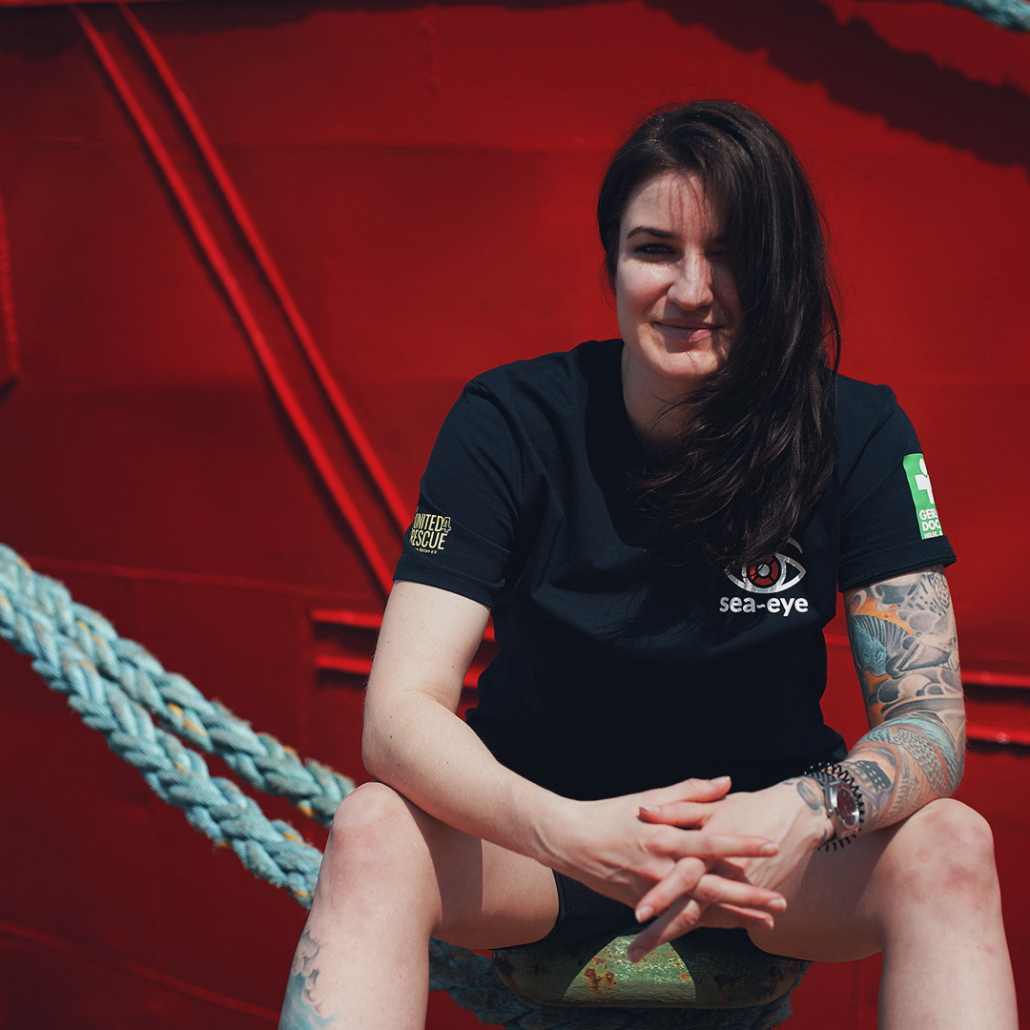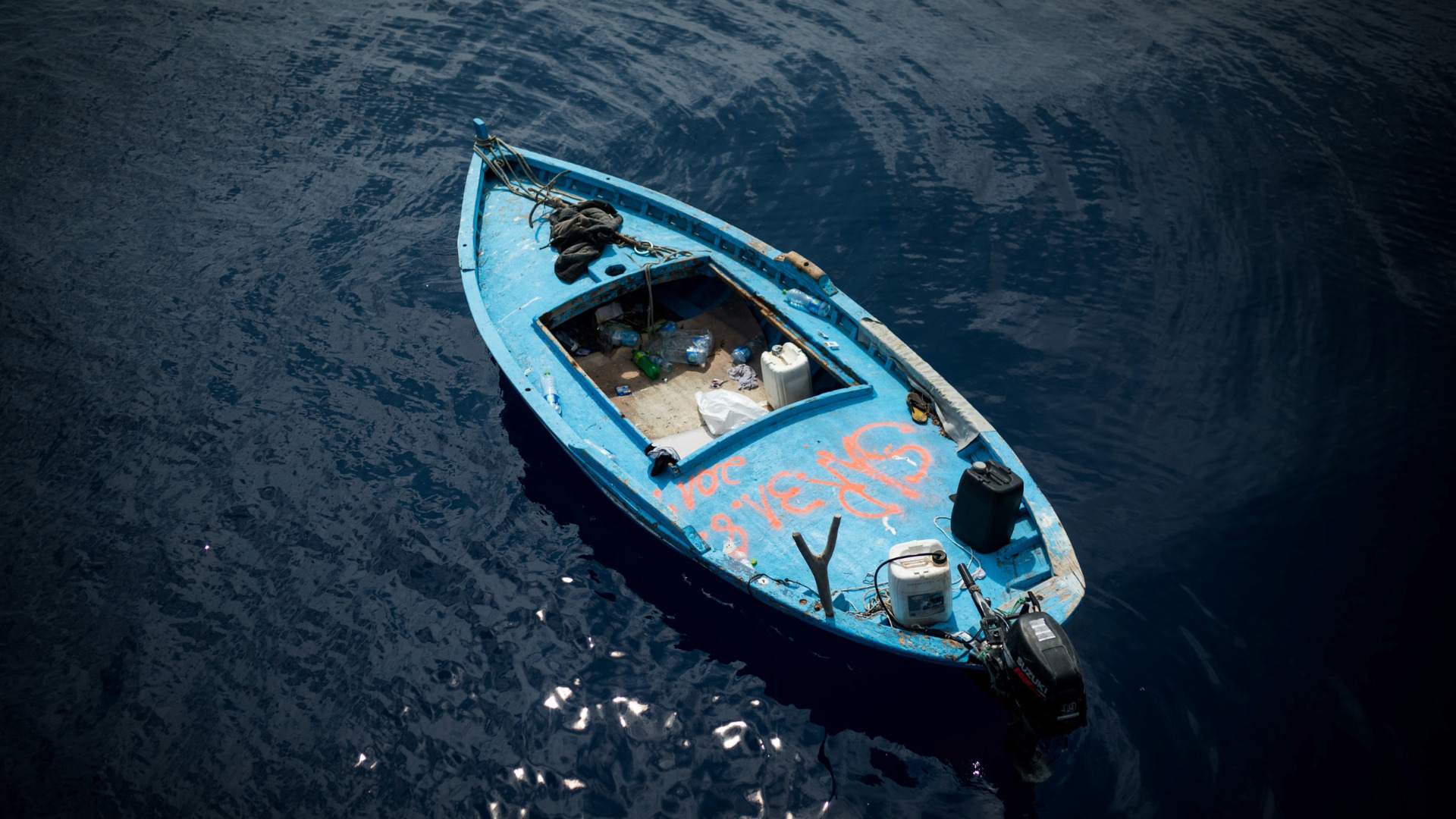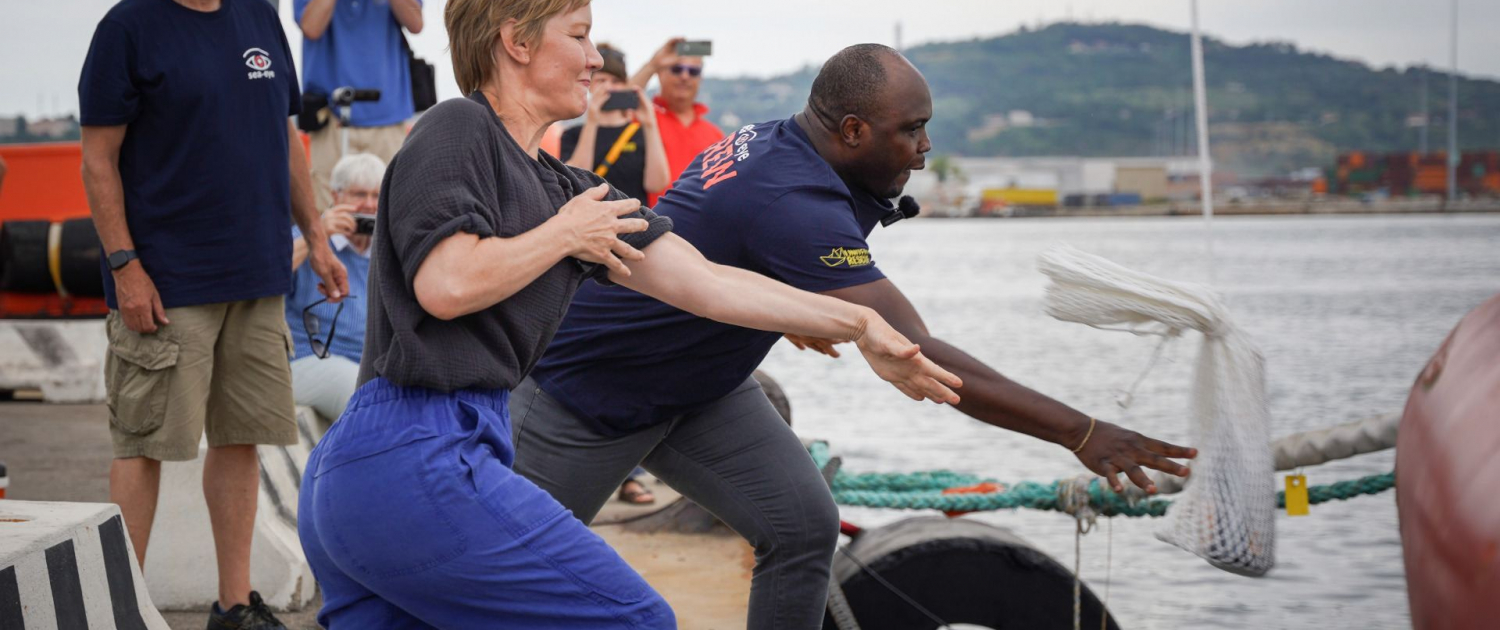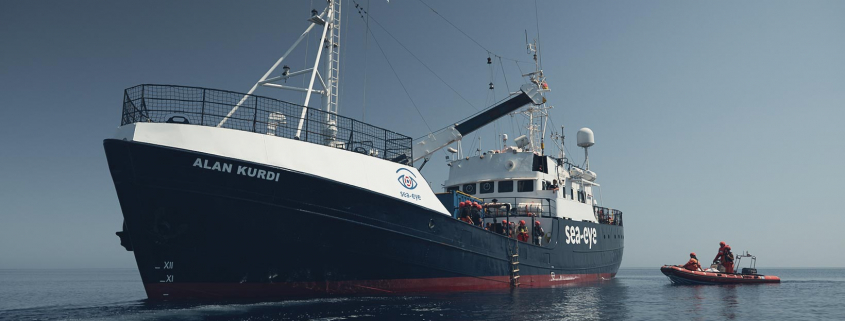A Reason To Celebrate – But Why?
How was the Geneva Refugee Convention created?
During the two world wars in the 20th century, there were countless refugees, but no legally binding regulation for their protection. However, the need to protect refugees at international level became all too clear during these times. The breakthrough came on July 28, 1951 at a special UN conference in Geneva, when the Geneva Convention Relating to the Status of Refugees – the central legal document for the protection of refugees – was passed.
What is the content of the Geneva Refugee Convention?
The terms refugees, people on the move, fleeing persons and migrants are often used synonymously. However, the Geneva Refugee Convention defines when a person is considered a “refugee”. It also defines the rights and obligations of refugees.
Why is the Geneva Refugee Convention important for sea rescue?
The prohibition of expulsion and rejection is of particular importance. This means that states cannot deport a refugee to a country where their life or freedom is threatened. That is why people who have fled and who have been rescued from distress in the Mediterranean must be brought to a safe port in the European Union. Since the EU states themselves are not allowed to reject refugees, the EU instructs the so-called Libyan coast guard to intercept refugees at sea and to kidnap and bring them back to the war-torn country. This practice is a massive attack on the Geneva Refugee Convention.
How is the current situation?
The rights of refugees are threatened worldwide. There is no dedicated state-side European sea rescue operation for refugees in the Mediterranean. Instead, the EU is working with the so-called Libyan Coast Guard, which is responsible for numerous violent attacks on refugees, including such attacks that have resulted in the death of refugees. In Libya, people find themselves in detention camps where they are facing threats such as torture, rape and other serious human rights violations.
“70 years of the Geneva Refugee Convention are not only a reason to celebrate, but also to be outraged. It is our legal and moral duty to protect people in need. The EU blatantly disregards the rights of refugees at its borders. If we do not protect these people and their rights, we will lose the Geneva Refugee Convention. So this anniversary is also a reminder to protect what must not be lost if we want a more humane world.”
– Sophie Weidenhiller, spokeswoman for Sea-Eye e. V. –

Latest News
- Number of people missing in the Mediterranean has risen to over 30,000According to the International Organisation for Migration (IOM), more than 30,000 people have gone missing in the Mediterranean since 2014. Sea-Eye calls on the EU to take responsibility.
- Sandra Hüller names rescue ship SEA-EYE 5The ceremony took place in the port of the Italian city of Ancona. The ship will set sail later this year on its first life-saving mission in the Mediterranean.



 Maik Lüdemann
Maik Lüdemann